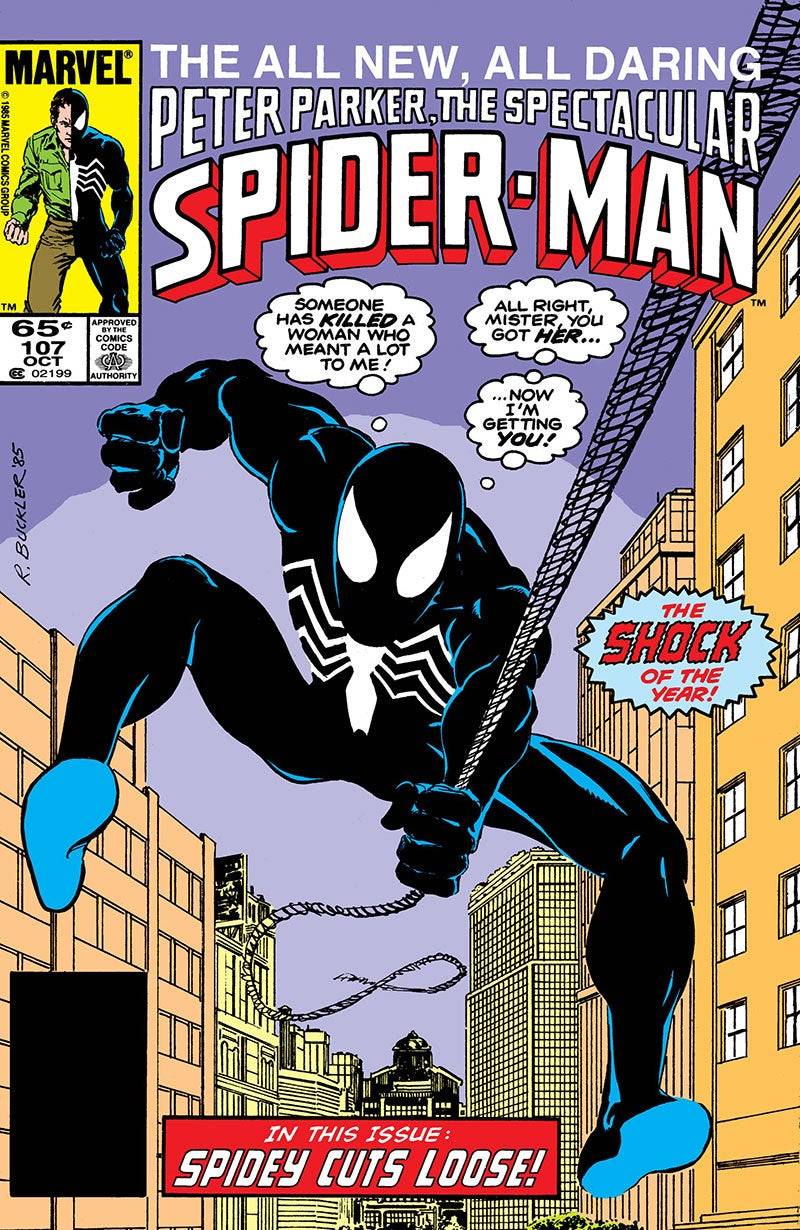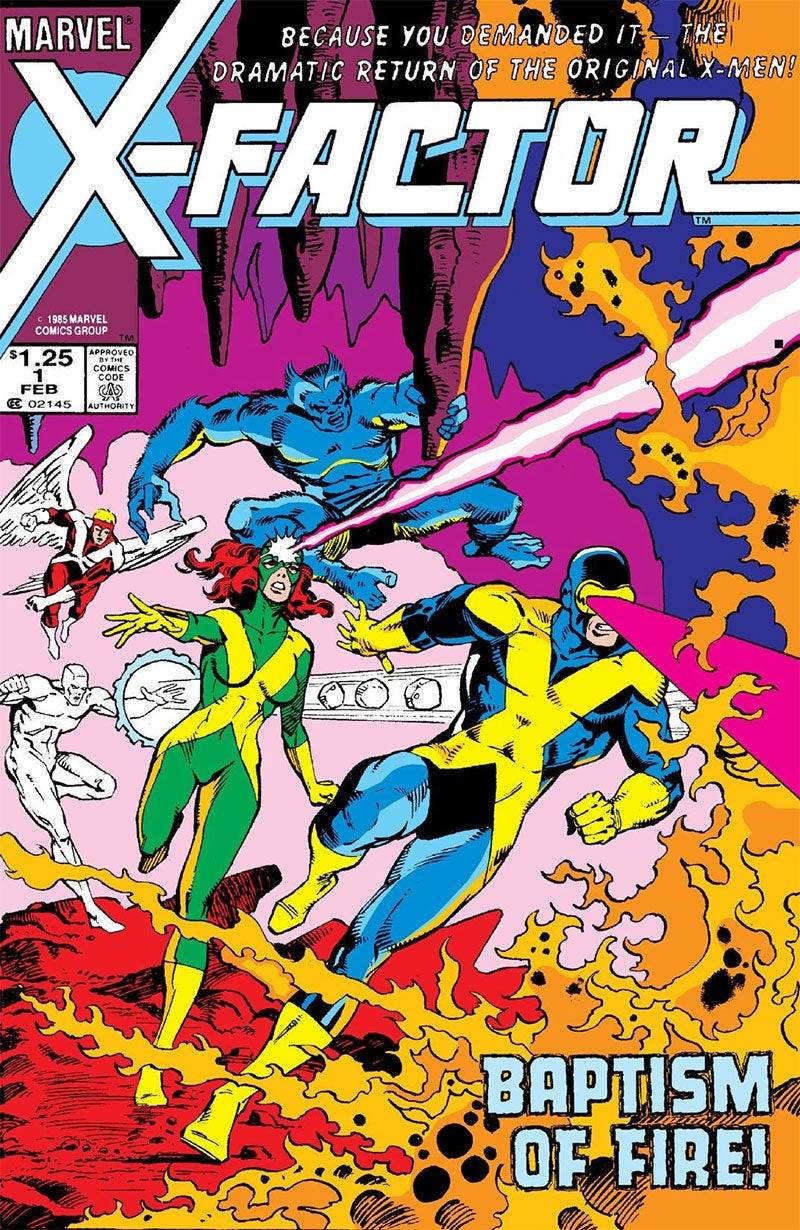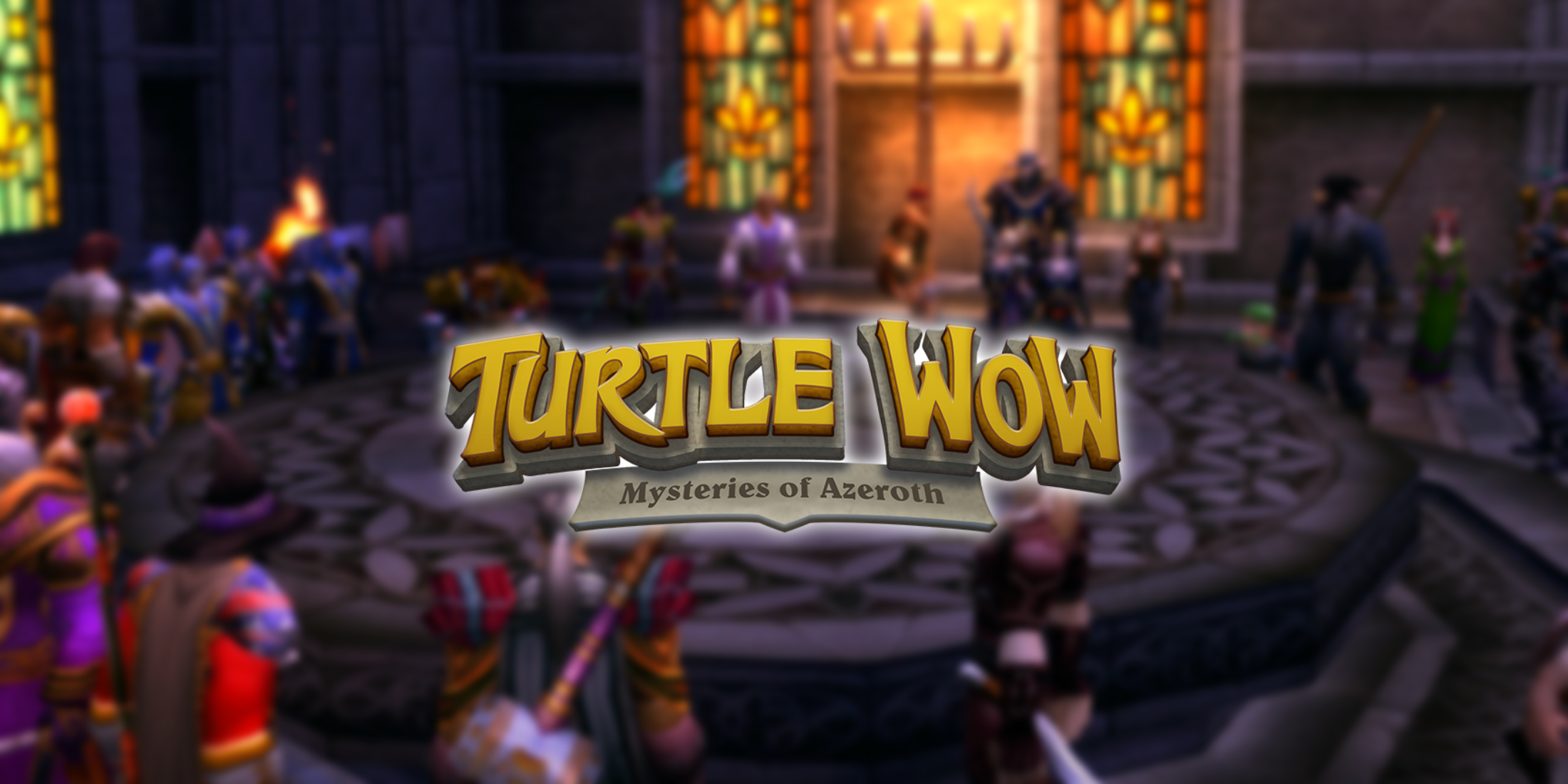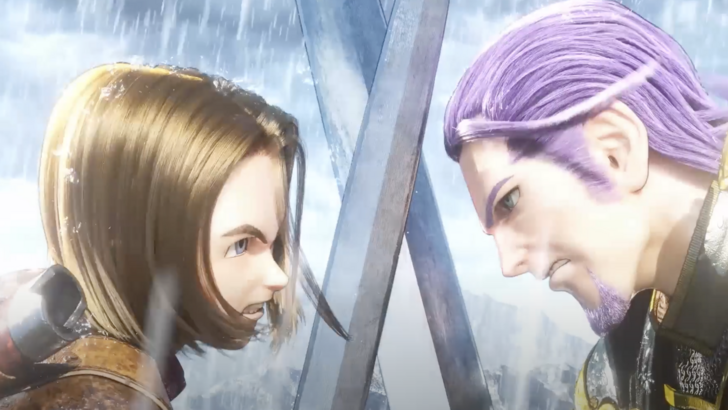During the mid-1980s, Marvel was experiencing a golden era, both creatively and financially. After overcoming the financial challenges of the late 1970s, largely thanks to Star Wars, Marvel was poised to revolutionize the comic industry with the groundbreaking release of Secret Wars in 1984. This event had a profound impact on the Marvel universe and the broader industry, steering Marvel's iconic heroes and villains into new, exciting directions for years to come.
This period also saw the emergence of other iconic narratives, such as Frank Miller's Born Again arc in Daredevil, the resurrection of Jean Grey in X-Factor, and Walt Simonson's Surtur Saga in Thor, among others. In this article, we delve into these pivotal stories and other significant developments from the same era. Join us as we explore Part 8 of our journey through the essential issues of Marvel!
More Essential Marvel
- 1961-1963 - The Birth of a Universe
- 1964-1965 - The Sentinels Are Born and Cap Dethaws
- 1966-1969 - How Galactus Changed Marvel Forever
- 1970-1973 - The Night Gwen Stacy Died
- 1974-1976 - The Punisher Begins His War on Crime
- 1977-1979 - Star Wars Saves Marvel From Bankruptcy
- 1980-1982 - Did the Dark Phoenix Saga Usher in the Greatest Decade for Marvel?
**Frank Miller's Born Again and Walt Simonson's Surtur Saga
For some of the most celebrated storylines of this era, look no further than Born Again, marking Frank Miller's return to writing Daredevil, this time with David Mazzuchelli on art. Spanning Daredevil #227-233, this arc is often hailed as the definitive Daredevil story. It follows the harrowing journey of Matt Murdock after his secret identity is sold by a drug-addicted Karen Page and ends up in the hands of the Kingpin. Stripped of everything, Matt finds himself at rock bottom, only to be rescued by his mother, Maggie, a nun.
The narrative of Matt's slow recovery and return as Daredevil, juxtaposed with the Kingpin's descent into fanaticism, crafts a true masterpiece. This storyline was loosely adapted in Season 3 of Netflix's Daredevil and will inspire the Disney+ revival series titled Daredevil: Born Again.

Another monumental saga from this period is Walt Simonson's Surtur Saga, which began with his takeover of Thor in 1983 with issue #337, introducing Beta Ray Bill. Simonson's run revitalized Thor's narrative, grounding it in mythic fantasy. His most renowned arc, the Surtur Saga, spans from Thor #340-353, where the fire demon Surtur aims to bring about Ragnarok using the Twilight Sword. Thor faces new adversaries like Malekith the Accursed as part of Surtur's scheme. The saga culminates in a thrilling confrontation involving Thor, Loki, and Odin against Surtur. Elements of this epic tale have been adapted into films like Thor: The Dark World and Thor: Ragnarok.
Secret Wars Changes Comics Forever
In Part 4 of our series, we discussed how the Avengers/Defenders War of 1973 was a precursor to the crossover events that would become a staple of Marvel and DC. A decade later, this trend crystallized with the launch of Secret Wars in 1984, a 12-issue miniseries crafted by then Editor-in-Chief Jim Shooter, with art by Mike Zeck and Bob Layton. This series was born out of a marketing partnership with Mattel, aiming to promote a new toy line through an in-universe Marvel story.
The premise is straightforward: the cosmic entity known as the Beyonder transports a selection of Marvel's heroes and villains to Battleworld to battle it out, determining the supremacy of good or evil. The series is packed with large-scale combat scenes and lays the groundwork for various plot threads that would unfold in ongoing titles. While Secret Wars is celebrated for its expansive cast and universe-altering effects, its narrative depth is often critiqued. The 2015 reboot by Jonathan Hickman and Esad Ribić offered a more nuanced exploration of the concept. Nonetheless, the original Secret Wars significantly shaped the comic industry, leading directly to Secret Wars II and, alongside DC's Crisis on Infinite Earths, establishing the event-driven storytelling model that dominated the industry for decades.

Spider-Man’s Symbiote Suit and Other Iconic Spidey Stories
After the foundational runs by Stan Lee and Gerry Conway, Amazing Spider-Man found its next iconic writer in Roger Stern. Stern, having honed his skills on Spectacular Spider-Man, took the helm of the main title starting with issue #224. Over the next two years, he revitalized the series, introducing the Hobgoblin in issue #238, who quickly became one of Spider-Man's most formidable adversaries. Stern's original Hobgoblin saga was cut short when he left the series at issue #251 due to editorial interference, leaving the villain's identity a mystery. This plot was later concluded with mixed results by subsequent writers, but Stern returned to resolve it as intended in the 1997 miniseries Spider-Man: Hobgoblin Lives.
Just as Stern departed, Amazing Spider-Man #252 introduced the iconic black symbiote costume. This costume, which debuted on Battleworld in Secret Wars #8, sparked a long-lasting subplot culminating in the emergence of one of Spider-Man's most famous foes. The black costume remains one of Spider-Man's most recognizable alternate looks, with its story adapted across various media, including Spider-Man 3, Spider-Man: The Animated Series, Spectacular Spider-Man, and Insomniac's Spider-Man 2. Another significant story from this period is The Death of Jean DeWolff in Spectacular Spider-Man #107-110 by Peter David and Rich Buckler. This dark narrative sees Spider-Man pursuing the Sin-Eater, who killed his ally Jean DeWolff, and clashing with Daredevil over justice. It's a compelling arc that offers a fresh take on the Spider-Man mythos.

Jean Grey Returns, the Rise of Apocalypse, and Other Mutant Landmarks
The mid-1980s were also a significant time for Marvel's mutants. Vision and the Scarlet Witch #4 confirmed Magneto as the father of Quicksilver and Scarlet Witch, a revelation that stood for decades until a retcon in 2015. X-Men #171 marked Rogue's transition from the Brotherhood of Evil Mutants to the X-Men, cementing her as a beloved heroine. Similarly, X-Men #200 depicted Magneto's trial and his subsequent leadership of Xavier's School, a plot point adapted in X-Men '97.
The most pivotal mutant developments were Jean Grey's resurrection and the introduction of Apocalypse. After the Dark Phoenix Saga, Jean was brought back to life in a story spanning Avengers #263 and Fantastic Four #286, where she reunited with the original X-Men to form X-Factor. This team faced off against Apocalypse, introduced in X-Factor #5-6 by Louise Simonson and Jackson Guice. Apocalypse, an ancient mutant merged with Celestial technology, became a central antagonist in the X-Men universe, influencing numerous adaptations, including the 2016 film X-Men: Apocalypse.

 Home
Home  Navigation
Navigation






 Latest Articles
Latest Articles









 Latest Games
Latest Games












